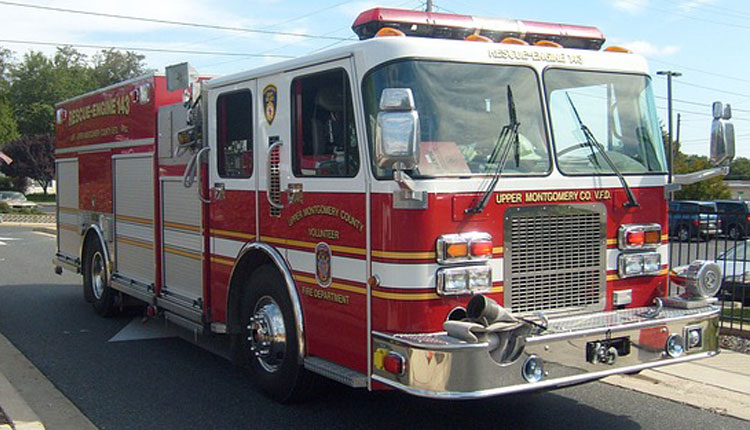
Fire Safety for Children on the Autism Spectrum
Lately, much attention has been given to the problems of autism wandering and the risky interaction between autistic individuals and the police. A less discussed and equally important issue that combines elements of the other two is fire safety for children on the autism spectrum.
Children with autism (CWA) are at a higher risk in a situation involving a fire because of their propensity to retreat to a favorite hiding place when feeling threatened. Their fear of an approaching firefighter due to their mask and equipment can also cause them to flee from help. Even those who have successfully escaped a burning building have died re-entering attempting to find a prized possession. Once outside, their risk of flight is elevated by the shock of the scenario and the sensory overload of emergency vehicles, lights, radios and police.
It’s essential to develop a plan of escape for your home and go over it with your children. This includes picking a gathering spot outside the home.
The Autism Society of America (ASA) offers a helpful guide to fire safety for individuals with autism at : https://www.asmonline.org/programs_law_fire.asp
Their guide includes the following suggestions:
• Be sure that a smoke detector is placed in or near the CWA’s room, as well as on all levels of the home. Test those smoke detectors frequently to make sure they are in working order.
• Teach your child the basic fire safety tips like stop, drop and roll and touching a door before opening.
• It is imperative that one family member be specifically assigned the responsibility to get that person with ASD out of the home and to a place of safety.
• It is critically important that this person also stays with their loved one to ensure that they do not re enter the home to retrieve a favorite object or attempt to flee the situation.
• If your loved one is non-verbal, prepare a laminated card containing basic information about your child (including any allergies to medication) in case of a medical emergency.
• Be proactive by providing your local fire department with as much information as possible about your loved one. This includes advising them of the location of the loved one’s room and other places they may flee in an emergency situation.
• Visit the firehouse on multiple occasions, so that your loved one can see a fire-fighter with all of their protective and fire-fighting gear, including the oxygen masks, axes and hoses, so that they can grow accustomed to them. Also, acquaint them with medical equipment, such as stethoscopes, blood pressure cuffs, oxygen masks and stretchers, so that they might be prepared in the event of a medical emergency.
When my sons were preschoolers, they became fascinated by a picture book about firefighters. This proved to be a great springboard to visiting the local firehouse, where they received a grand tour and got to sit in the fire truck. They went home with coloring books and badges and we played “stop, drop and roll," interspersed with “stay low and go” games on the lawn (stay low and go involves crawling to prevent smoke inhalation). Making a game of it reinforced the ideas without creating anxiety about being in an actual fire. I felt reassured that my sons were comfortable with firefighters and basic safety and we were as ready as we would ever be.
I was reminded of these times as just this month, a heartbreaking incident occurred in Arizona involving a 12-year-old boy with autism who died in a fire at his family’s mobile home after he became confused and ran back into the house. He has been described as a hero for initially notifying his family of the fire when it first broke out. Details of the tragic story are included in the video below.
A house fire is the last thing anyone ever expects, but being prepared as a family and taking extra precautions will go a long way in staying safe if such an incident should occur.
